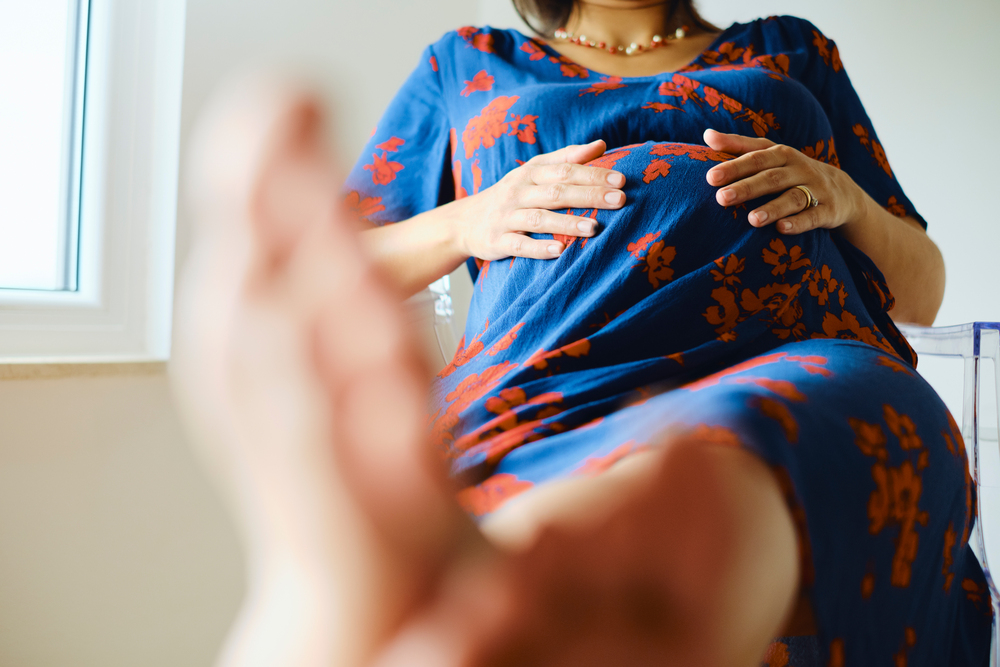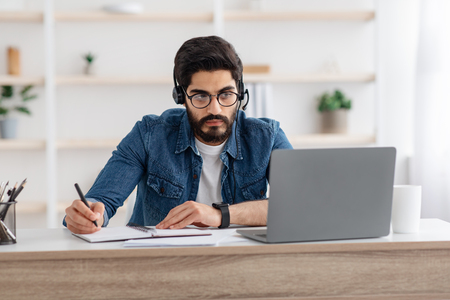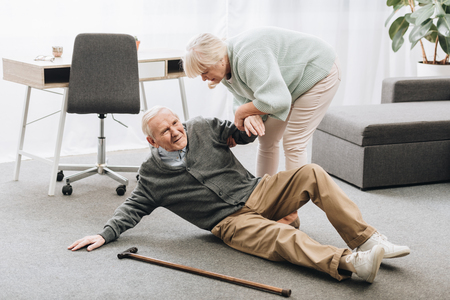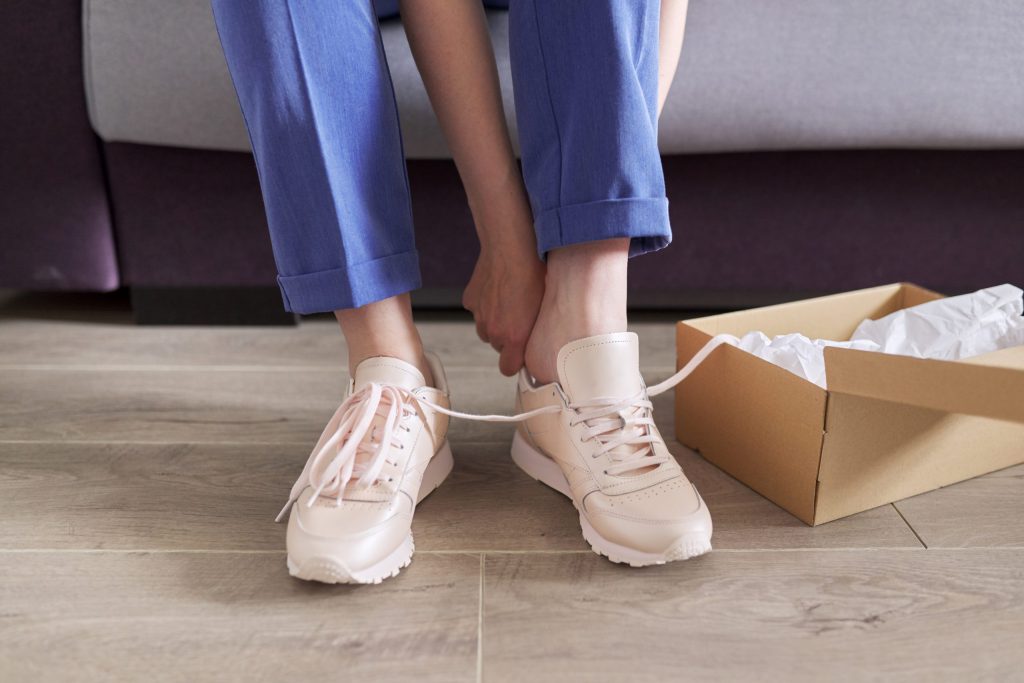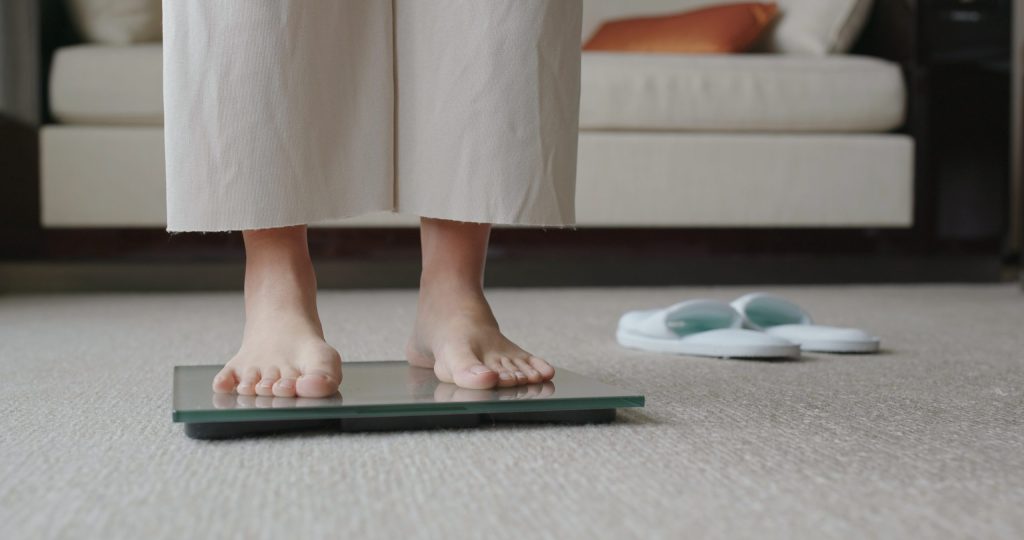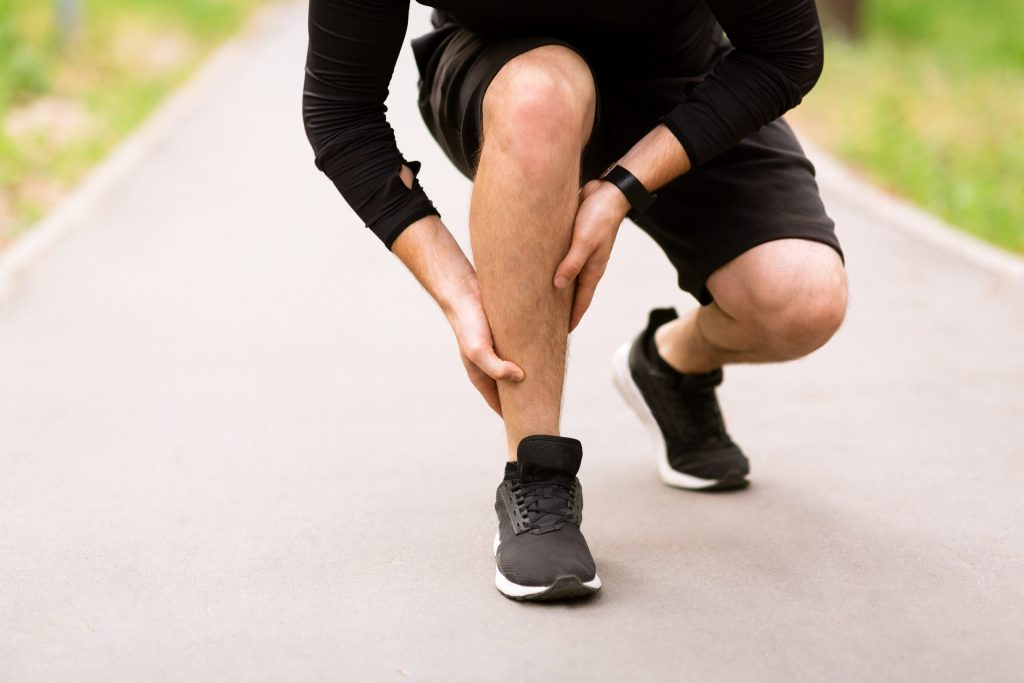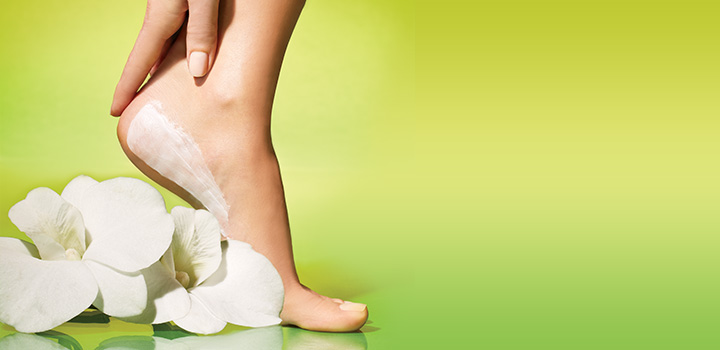How to Prevent Blisters During Hajj
Hajj is a journey of faith, but it’s also a physical challenge. Blisters can quickly turn those sacred steps into agonizing hops. Here’s how to prevent blisters during hajj and keep your feet happy throughout your pilgrimage. Fit for the Journey: Choosing the Right Shoes The foundation of preventing blisters during Hajj prevention lies in proper footwear. Opt for comfortable shoes with ample cushioning, particularly in the heel and ball of the foot. Breathable materials like leather or mesh allow for ventilation, preventing sweaty feet. Consider the diverse landscapes you’ll encounter – smooth marble floors, uneven cobblestone paths, and potentially hot sand. Shoes with good traction will minimize the risk of slips and falls. Remember, brand new shoes can be your worst enemy. Break them in thoroughly before your pilgrimage to ensure a comfortable fit. Your checklist before purchasing a shoe! Socks: Your Secret Weapon to Prevent Blisters During Hajj Socks play a crucial role in preventing blisters during Hajj. Choose thin, moisture-wicking socks made from materials like merino wool or synthetic blends. These materials absorb sweat and minimize friction between your skin and shoes. Avoid cotton socks, as they retain moisture and increase the risk of blisters. Consider double-layering socks for additional protection, especially if you have sensitive feet. Minimize Friction: Keep Your Feet Dry and Protected Friction is the primary culprit behind blister formation. Here’s how to keep it at bay: Consult a podiatrist before Hajj. Beyond Prevention: Taking Care of Existing Blisters If a blister does form, resist the urge to pop it. Unbroken blisters offer natural protection against infection. Apply a sterile bandage to cushion and protect the blister. In severe cases, consult a doctor at the medical facilities readily available during Hajj. Remember, a comfortable pilgrimage is a more fulfilling one. By prioritizing proper footwear, utilizing moisture-wicking socks, and minimizing friction, you can prevent blisters during Hajj and ensure your feet carry you through Hajj with minimal discomfort.
How to Prevent Blisters During Hajj Read More »
